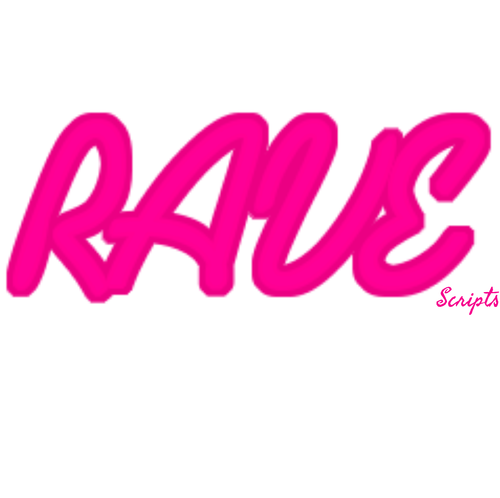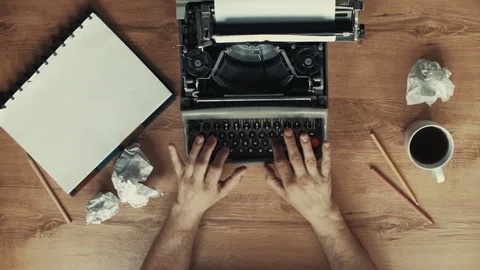The art of screenwriting is constantly evolving, and one of the most exciting trends in recent years has been the increased use of open scenes. An open scene is a storytelling technique that involves starting a scene in the middle of the action, without providing any background or context. This approach can create a sense of immediacy and urgency for the audience, as they are immediately thrown into the heart of the story. In this blog post, we will explore the world of open scenes in screenwriting, including their advantages, techniques for writing them, and examples of successful open scenes in popular films. Whether you’re a seasoned screenwriter or just starting out, understanding how to effectively use open scenes can help take your writing to the next level.
What are Open Scenes in Screenwriting?
Open scenes in screenwriting are a technique used to create a sense of immediacy and urgency for the audience. They begin a scene in the middle of the action without providing any background or context. This approach is used to grab the viewer’s attention right away and create an intense emotional connection with them.
Open scenes can be used in many different ways, but they are often used to create a sense of confusion or tension that propels the story forward. This can be especially effective when used in the opening of a film, as it can immediately engage the audience and set the tone for the rest of the story.
The lack of context in an open scene can be both a strength and a weakness. On the one hand, it can be incredibly effective at grabbing the audience’s attention and keeping them engaged. On the other hand, it can be confusing for viewers who are not familiar with the story, and can make it difficult to understand what is happening on screen.
Open scenes are often used in conjunction with other storytelling techniques, such as flashbacks or non-linear storytelling. By starting a scene in the middle of the action, the audience is more likely to become invested in the story and be interested in learning more about the characters and their motivations.
In order to write an effective open scene, it is important to have a clear understanding of the story and the characters involved. The scene should be designed to create a specific emotional response in the audience, whether it is confusion, tension, or excitement.
Open scenes are just one tool in a screenwriter’s toolkit, but they can be incredibly effective when used properly. They allow filmmakers to engage the audience right from the beginning and create a sense of immediacy and urgency that can propel the story forward.
Advantages of Using Open Scenes in Screenwriting
Open scenes are a popular technique in screenwriting, and for good reason. They offer several advantages that can help make a film more engaging and effective. Here are six advantages of using open scenes in screenwriting:
- Capturing the viewer’s attention: Open scenes are an effective way to grab the viewer’s attention right from the beginning of the film. By starting a scene in the middle of the action, the audience is immediately drawn into the story and invested in what is happening on screen.
- Creating tension: Open scenes can be used to create a sense of tension and urgency, which can propel the story forward and keep the audience engaged. By starting a scene in the middle of a conflict or high-stakes situation, the audience is immediately invested in the outcome.
- Building anticipation: Open scenes can be used to build anticipation for what is to come. By starting a scene with a mystery or unresolved conflict, the audience is left wondering what will happen next, which can help keep them engaged throughout the film.
- Establishing mood and tone: Open scenes can be used to establish the mood and tone of the film right from the beginning. By starting with a high-stakes situation or emotional moment, the audience can immediately get a sense of what the film is going to be about.
- Creating a sense of realism: Open scenes can help create a sense of realism in a film, as they mimic the way real-life situations often unfold. By starting a scene in the middle of the action, the audience is thrown into the story and feels like they are experiencing it in real-time.
- Adding depth to characters: Open scenes can be used to add depth and complexity to characters by starting a scene in the middle of a conflict or emotional moment. This can help the audience understand the character’s motivations and backstory more effectively.
Techniques for Writing Effective Open Scenes
While open scenes can be a powerful tool in screenwriting, they can also be tricky to execute effectively. Here are six techniques for writing effective open scenes:
- The key to an effective open scene is to start in the middle of the action, not at the beginning. By throwing the audience right into the middle of a high-stakes situation, you can immediately grab their attention and create a sense of urgency.
- While starting in the middle of the action can be effective, it’s important to establish the characters quickly so the audience can understand who they are and what’s at stake. This can be done through dialogue, visual cues, or a combination of both.
- To create a sense of realism and help the audience feel like they are experiencing the scene in real-time, use sensory details to describe the environment and what the characters are experiencing.
- Open scenes are a great way to build tension and create anticipation for what’s to come. By starting with a conflict or high-stakes situation, you can immediately draw the audience in and keep them invested in the story.
- Foreshadowing can be an effective technique for building anticipation and adding depth to a scene. By hinting at what’s to come, you can create a sense of mystery and keep the audience engaged.
- Finally, one of the most effective techniques for writing open scenes is to end with a cliffhanger. This can be a conflict that is left unresolved, a question that is left unanswered, or a reveal that is left hanging. By ending with a sense of uncertainty, you can keep the audience engaged and wanting more.
Examples of Successful Open Scenes in Popular Films
“The Dark Knight” (2008)
The film opens with a bank heist where a group of criminals, including the Joker, rob a bank and kill each other off until only the Joker remains. This opening scene sets the tone for the rest of the film and establishes the Joker as a formidable villain.
“Up” (2009)
The film opens with a montage of the main character, Carl, and his wife Ellie growing old together. This emotional scene sets up the rest of the film’s themes of love, loss, and adventure.
“Saving Private Ryan” (1998)
The film opens with a brutal and intense scene depicting the D-Day invasion during World War II. This scene immediately puts the audience in the middle of the action and sets the tone for the rest of the film.
“The Social Network” (2010)
The film opens with a scene of the main character, Mark Zuckerberg, on a date with his girlfriend. This scene establishes Mark’s character and his desire to be a part of the elite social circles at Harvard.
“The Godfather” (1972)
The film opens with a conversation between the main character, Vito Corleone, and a man asking for his help. This scene sets up the rest of the film’s themes of power, family, and loyalty.
Related:


Leave a Reply